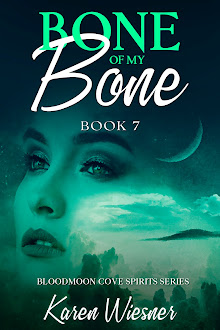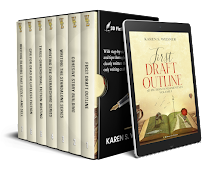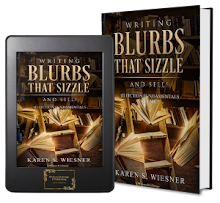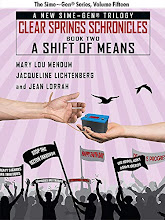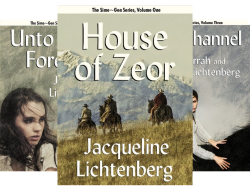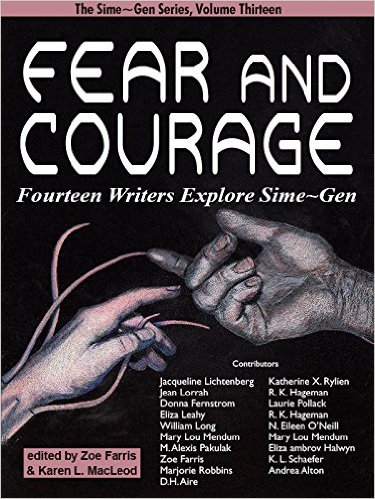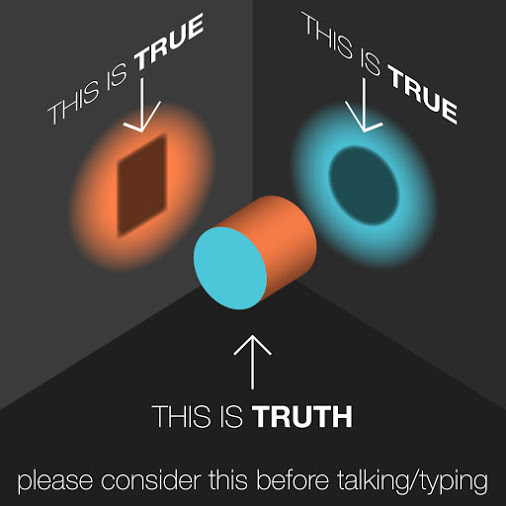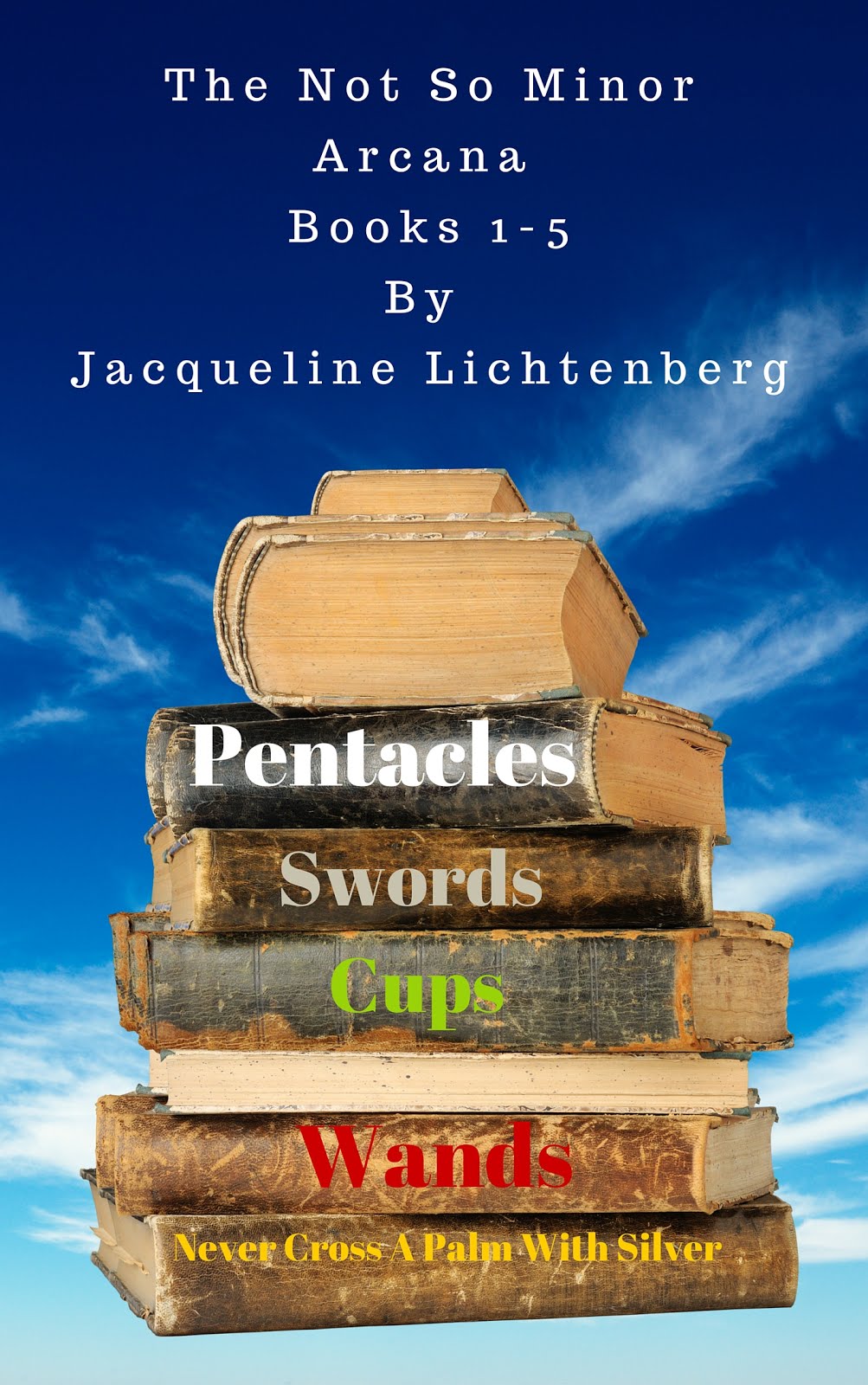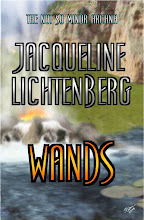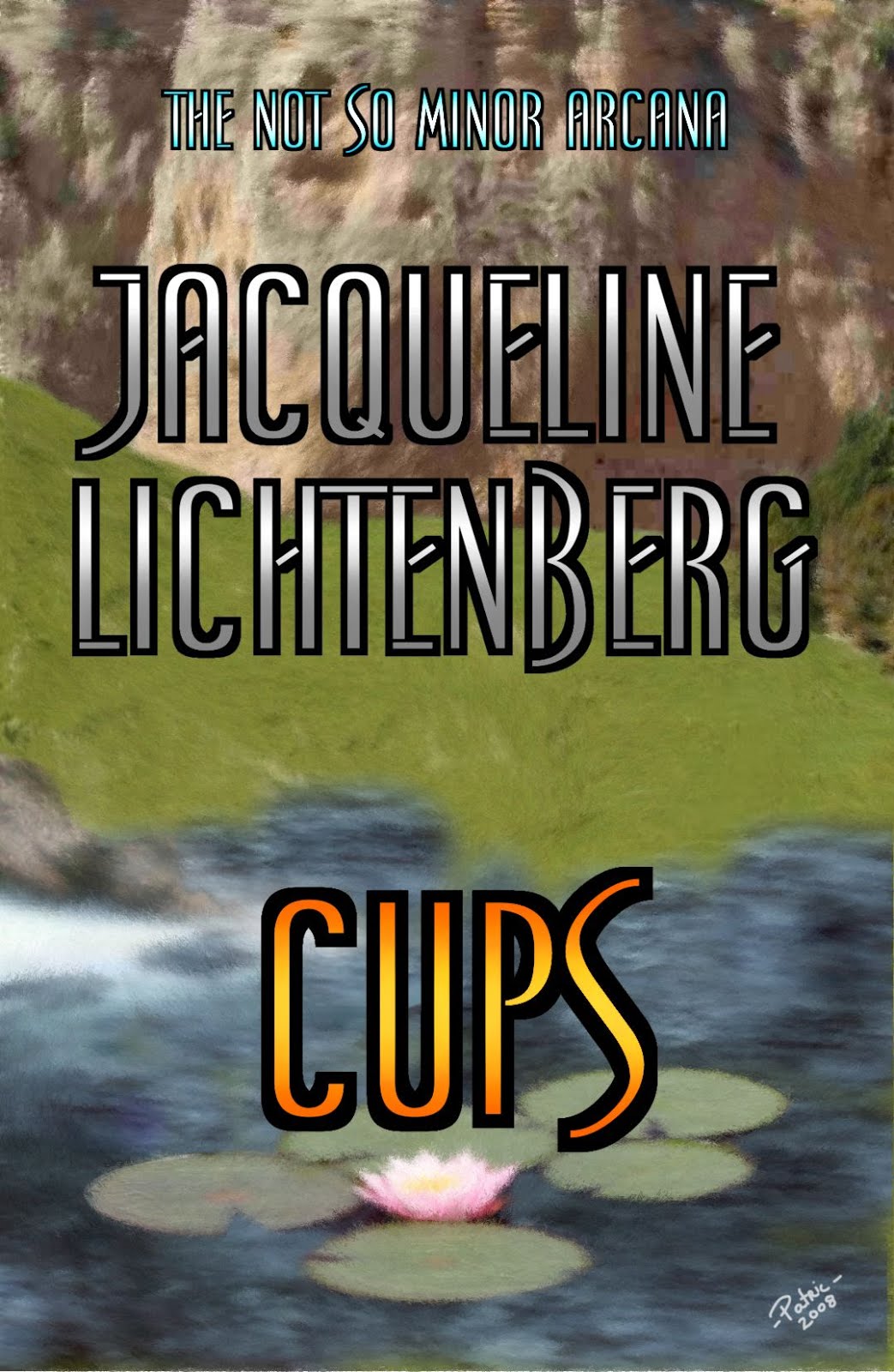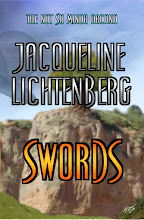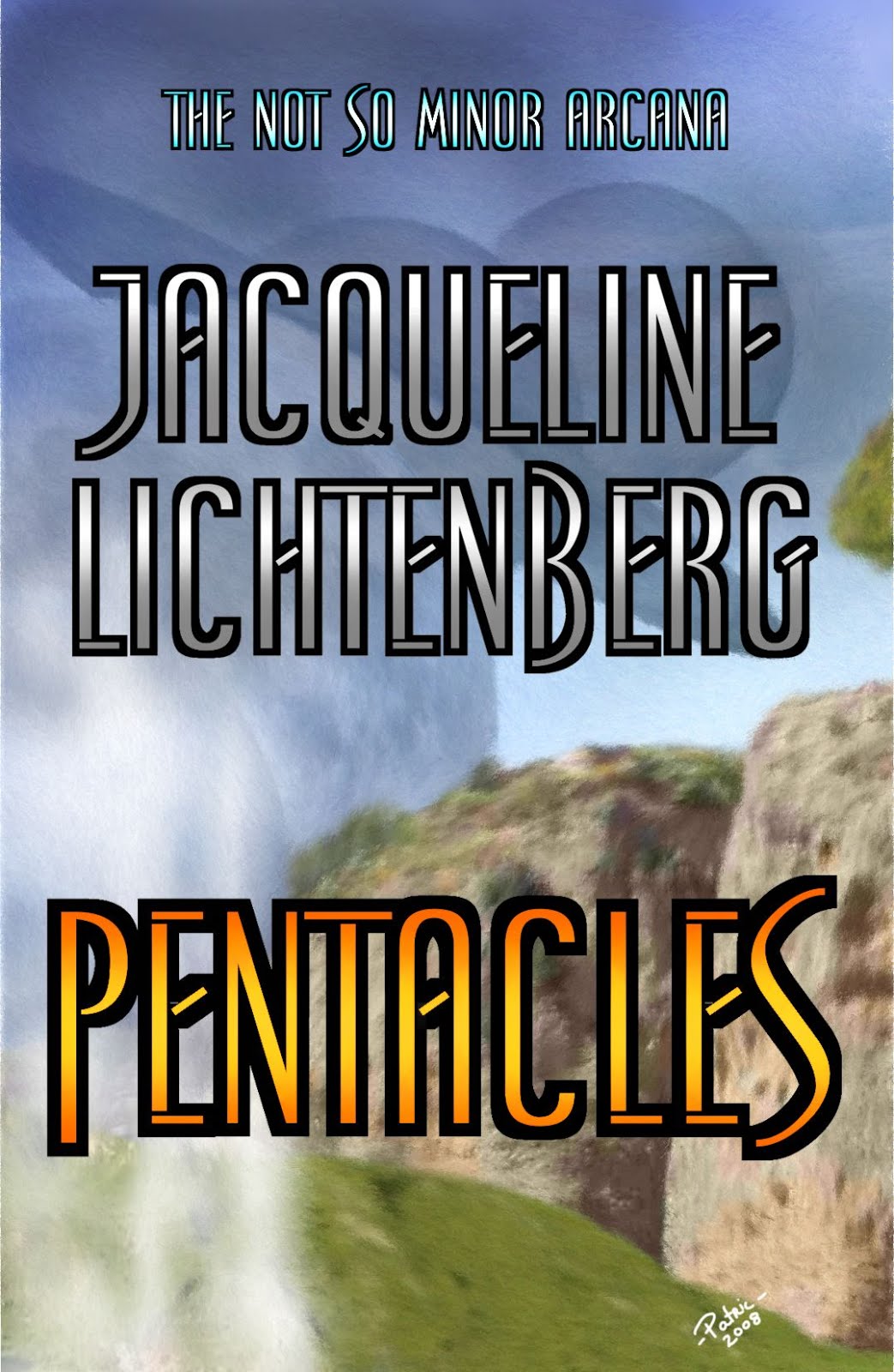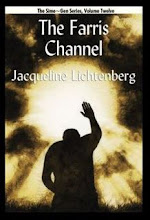Of
Arcs and Standalones, Part 4:
Establishing Story Arcs Early in the Writing Process
This is the tenth of fifteen posts dealing with surprising things I learned in the course of writing a science fiction series.
Last week, we started laying the groundwork for the series arc with a technique and examples. This is something that it's always preferable to start as early in the writing process as you can--ideally, long before you actually begin writing the first draft. This week, we'll talk about establishing individual story arcs early.
Just prior to the summer of 2018, when I started advance research on my sci-fi series, I'd already written copious notes about the individual stories that were far from organized. So I had no trouble at that point identifying the individual story arcs I needed to focus on throughout each book (with the series arc connecting to and ungirding all the story subplots). This can be done as simply as bullet points on a sheet of paper, as I've done below.
Immutable, Book 1:
·
Introduce the main Human protagonists
onboard the ambassadorial Aero
spaceship, establishing mankind's pertinent (to this series) history, present
situations, and conflicts or potential conflicts.
·
Introduce the alien race (which I
called "cultures") and the conflict with the Sinshe-Shojani
antagonists (settled in a secret location with habitations and massive
starships as well as utilizing the planet Neth-beo).
·
Introduce the friendly culture allies
including the Vreah (from the planet Vree), the Strigoni (from the planet
Strigon), and the Quing (from the planet Qu) with pertinent history, present
situations, and conflicts or potential conflicts.
·
Make minor allusions to the forthcoming
potential allies or antagonists including the Gurgh (from the planet Gurgh),
the Hiiwa-Shojani (trapped in a nuclear winter on their home planet of Shojan
by the warring Sinshe-Shojani), the Osing of the planet Sing, the Usragos of
Usrag, and the Drario of Drar.
·
Establish the major series arc conflict
of having "squatted" in Human habitations above the planet Shojan,
along with the minor series arc conflicts with the organic lifeform
"eating" planets and all the cultures sharing similar DNA.
· POV characters in this book are Halon of the Sinshe-Shojani in the prologue, Raze and Tori, Humans aboard the Aero, Vespera of the Vreah, Arie of the Hiiwa-Shojani, and Makaira of the Gurgh in the epilogue who would become major players in the next book.
With this information, I could create individual story blurbs for each of the books in the series.
Remember that, in order to prevent huge paragraphs that wouldn't
fit onto even the largest back cover, these blurbs have to focus exclusively on
the main POV characters and conflicts.
You may need to leave some of the less important (or less intriguing ones) out
of your blurbs. You may also need to generalize situations if the books are
extremely complicated.
From the story arc breakdowns for each book in my series above, you could see that in all four stories there were a lot of characters, conflicts and situations which all have their own plots and subplots. Say I wrote a single sentence for each story thread in the first book for the story blurb. The blurb would have been overwhelmingly complicated and long. Blurbs have to be intriguing and focused. Very few readers will give you the time of day if you're not concise and punchy. Additionally, story blurbs have two purposes:
1) As back cover
teasers, which can be longer as long as they fit on the actual back cover of a
paperback.
2) As promotional blurbs which have to be very short and very compelling.
If you want to learn more about writing blurbs, pick up my manual Writing Blurbs That Sizzle--And Sell!.
Blurbing the story arcs of the individual installments of the series can be done using the same method we did for the series arc, filling in the blanks of this worksheet and then fleshing out the results until the story emerges in a way that's both concise and compelling:
Who
_____________________________ (Series Main Character{s})
What
_____________________________ (Conflict or Crisis)
Why _____________________________ (Worst Case Resolution Scenario)
In the case of the first book in my sci-fi series, this is what I started with:
Who The crew of the Aero (with Astoria Bertoletti and Raze Salen being the major players) (Series Main Character{s})
What Receive a distress call from one of their oldest space habitations which has been brutally attacked, inhabitants kidnapped or outright killed. (Conflict or Crisis)
Why In searching for clues to what brought about this tragedy, they discover that mankind's desperation when first seeking out alternate spaces in the galaxy led to them invading a hostile alien race's territory. (Worst Case Resolution Scenario)
The back cover blurb I came up with after having the basics established on the worksheet:
Immutable, Book
1
Spacefaring liveship, the Aero, is on a routine mission to the far-flung regions of the galaxy when they receive a distress call from one of their oldest space habitations. The structure has been brutally attacked, inhabitants kidnapped or outright killed. The crew aboard the Aero including Astoria Bertoletti, librarian and planet cataloger, and Raze Salen, mankind's emissary, search for clues to explain the unprecedented tragedy. After several more, similar distress calls, the savage pieces of the mystery begin to emerge--and point to the culpability of humanity's short-sightedness and desperation when they first began seeking out alternate spaces in the galaxy to call home. In the midst of the imminent threat of war Raze and Tori present the immutable evidence of wrongdoing both intentional and inadvertent to mankind's Parliament as well as to their strongest and weakest allies who may have no choice but to desert them in yet another hour of dire need.
Next week, we'll talk about why science fiction stories just might (surprise, surprise!) break an author's ability to provide standalone series stories.
Happy writing!

Based on Writing the Overarching Series (or How I Sent a Clumsy Girl into Outer Space): 3D Fiction Fundamentals Collection by Karen S. Wiesner (release date TBA)
https://karenwiesner.weebly.com/writing-reference-titles.html
http://www.writers-exchange.com/3d-fiction-fundamentals-series/
Karen Wiesner is an award-winning,
multi-genre author of over 140 titles and 16 series, including the romantic science fiction series,
ARROW OF TIME CHRONICLES
https://www.writers-exchange.com/arrow-of-time-chronicles/
https://karenwiesner.weebly.com/arrow-of-time-chronicles.html















